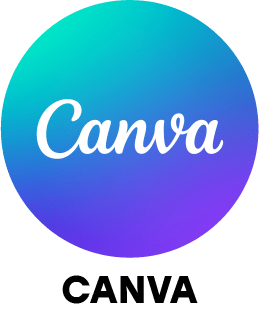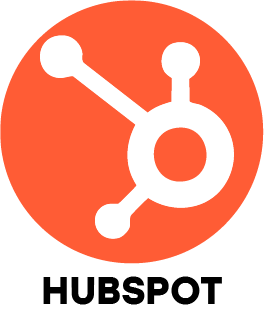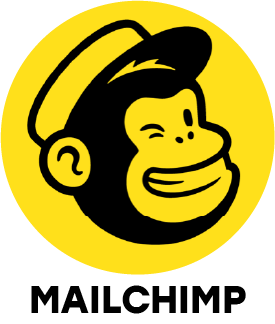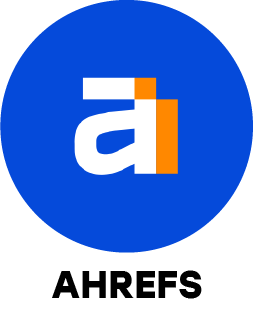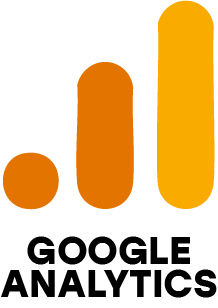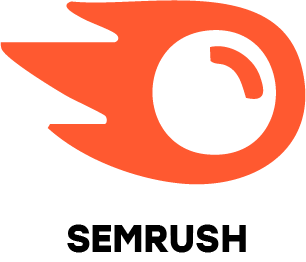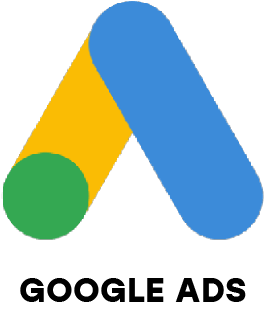1. What distinguishes traditional marketing from digital marketing?
Ans:
Digital marketing is practice of promoting goods and services through online channels like websites, social media, email and mobile applications. Unlike traditional marketing methods like TV, radio and print, it is cost-effective and interactive. It allows businesses to track results in real time and target specific audiences. This makes campaigns measurable and highly result-driven compared to traditional channels.
2. What is the distinction between SEO and SEM?
Ans:
The goal of Search Engine Optimization is enhance website’s visibility in organic search results using keyword optimization, quality content and backlinks. SEM (Search Engine Marketing) involves paid advertising methods such as Google Ads to achieve quick visibility. SEO is long-term and cost-free strategy, while SEM offers faster results through paid campaigns. Together they help maximize online reach.
3. How do you analyze the success of a digital marketing campaign?
Ans:
The success of a campaign is measured by tracking KPIs such as website traffic, click-through rate, conversion rate, bounce rate, cost per acquisition and return on investment. Tools like Google Analytics, social media insights and advertising dashboards provide detailed performance data. These metrics help identify what’s working and where improvements are needed. Regular monitoring ensures campaigns remain optimized and effective.
4. Which tools are widely used for SEO and keyword research?
Ans:
Popular tools for keyword research including SEMrush, Google Keyword Planner, Ahrefs, Moz and Ubersuggest. For SEO audits and performance tracking, professionals rely on Google Search Console, Screaming Frog and Yoast SEO. These tools help analyze website health, backlinks and content optimization. Using them effectively ensures better search engine rankings and online visibility.
5. Can you give an example of a successful marketing campaign?
Ans:
A training institute executed a lead generation campaign using SEO blogs, Google Ads, Facebook retargeting and automated email sequences. The campaign achieved a 40% increase in leads within just two months. At the same time, the cost per lead was reduced by 25%, proving the strategy’s efficiency. The multi-channel approach made the campaign highly successful.
6. How does Google Ads operate and which PPC metrics matter the most?
Ans:
Google Ads runs on a pay-per-click system where ad placement is determined by bidding, ad relevance and Quality Score. Important PPC metrics include click-through rate, cost per click, conversion rate, impression share and ROI. Monitoring these helps measure campaign performance effectively. With proper optimization, advertisers can gain maximum results from their budget.
7. Why is Quality Score important in Google Ads?
Ans:
The quality of your landing site, the planned click-through rate and the relevance of your advertisements are all reflected in your Quality Score. A higher score improves ad position and lowers the cost per click. This means campaigns become more cost effective and competitive in the ad auction. Ultimately, a strong Quality Score leads to better visibility and higher returns.
8. What strategies help improve social media engagement?
Ans:
To increase engagement, businesses should post consistently and share interactive content such as reels, polls and videos. Quickly answering messages and comments strengthens ties with the audience. Reach can be increased even more by implementing targeted advertising campaigns and working with influencers. Encouraging user-generated content adds authenticity and drives more interaction.
9. What are the main components of an effective email marketing strategy?
Ans:
A strong email strategy includes segmenting audiences, sending personalized messages and writing engaging subject lines. Adding clear calls-to-action and ensuring responsive design increases effectiveness. Automated workflows help nurture leads at different stages of the funnel. A/B testing and analytics ensure continuous improvement for better conversions.
10. How can digital marketers keep up with trends and algorithm updates?
Ans:
Marketers can stay updated by reading trusted blogs such as HubSpot, Moz and Search Engine Journal, along with Google’s official updates. Joining webinars, subscribing to newsletters and participating in industry communities also helps. Experimenting with new tools and strategies keeps professionals ahead. Continuous learning is key in fast changing digital space.

